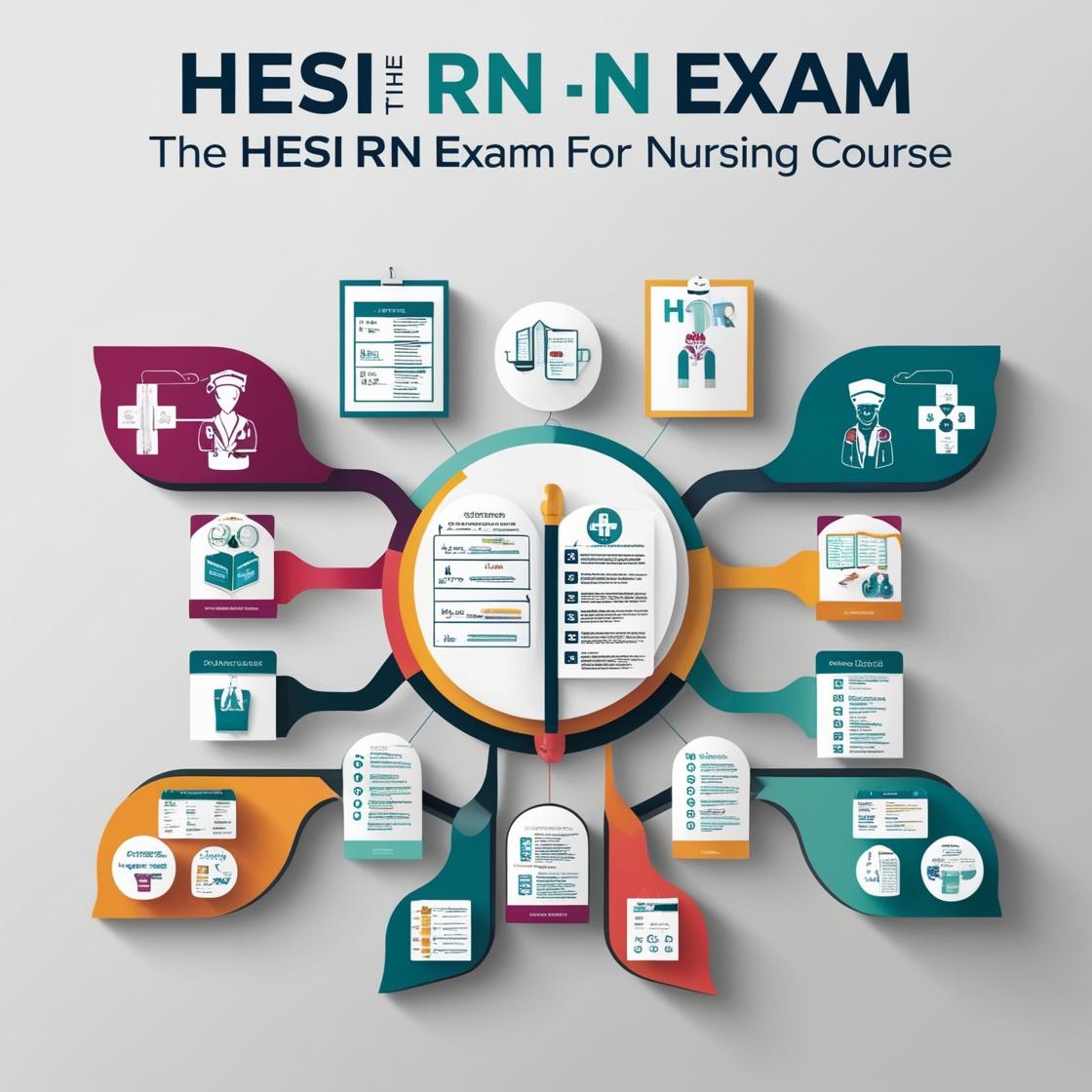HESI RN
HESI RN Exit Exam 2023
1. An elderly male client is admitted to the urology unit with acute renal failure due to a postrenal obstruction. Which question best assists the nurse in obtaining relevant historical data?
- A. Have you had any difficulty starting your urinary stream?
- B. Do you have a history of kidney stones?
- C. How much fluid do you drink daily?
- D. Have you had any previous urinary tract infections?
Correct answer: A
Rationale: The correct answer is A: 'Have you had any difficulty starting your urinary stream?' This question is the most relevant as difficulty starting urination can indicate an obstruction, which aligns with the client's current condition of postrenal obstruction causing acute renal failure. Choice B is incorrect as a history of kidney stones may not be directly related to the current obstruction. Choice C, asking about daily fluid intake, is not specific to the current issue of postrenal obstruction. Choice D inquires about previous urinary tract infections, which are not directly related to the current acute renal failure caused by postrenal obstruction.
2. The charge nurse of the critical care unit informed at the beginning of the shift that a less than optimal number of registered nurses would be working that shift. In planning assignments, which client should receive the most care hours by a registered nurse?
- A. A 34-year-old admitted today after an emergency appendectomy who has a peripheral intravenous catheter and a Foley catheter.
- B. A 48-year-old marathon runner with a central venous catheter experiencing nausea and vomiting due to electrolyte disturbance following a race.
- C. A 63-year-old chain smoker with chronic bronchitis receiving oxygen via nasal cannula and a saline-locked peripheral intravenous catheter.
- D. An 82-year-old client with Alzheimer's disease and a newly fractured femur with a Foley catheter and soft wrist restraints applied.
Correct answer: D
Rationale: The 82-year-old client with Alzheimer's disease and a newly fractured femur should receive the most care hours by a registered nurse because they are at the highest risk for injury and complications. The client's age, diagnosis of Alzheimer's disease, and the presence of a newly fractured femur along with the Foley catheter and wrist restraints indicate a need for close monitoring and care. Choice A is less critical as the client is stable post-appendectomy. Choice B, though experiencing symptoms, is not at the same level of risk as the client in Choice D. Choice C, while requiring oxygen support, does not have the same level of acuity and complexity as the client in Choice D.
3. The nurse is assessing a client with right-sided heart failure. Which finding requires immediate intervention?
- A. Jugular venous distention
- B. Peripheral edema
- C. Crackles in the lungs
- D. Elevated liver enzymes
Correct answer: C
Rationale: In a client with right-sided heart failure, crackles in the lungs are the most concerning finding as they indicate pulmonary congestion, which requires immediate intervention. Crackles suggest fluid accumulation in the lungs, leading to impaired gas exchange and potential respiratory distress. Jugular venous distention (Choice A) and peripheral edema (Choice B) are common findings in right-sided heart failure but do not indicate acute deterioration requiring immediate intervention. Elevated liver enzymes (Choice D) may be seen in chronic heart failure but do not warrant immediate action compared to the urgent need to address pulmonary congestion indicated by crackles in the lungs.
4. The nurse is assessing a client with left-sided heart failure. Which clinical finding requires immediate intervention?
- A. Jugular venous distention
- B. Shortness of breath
- C. Crackles in the lungs
- D. Peripheral edema
Correct answer: C
Rationale: Corrected Rationale: In a client with left-sided heart failure, crackles in the lungs are the most concerning finding as they indicate pulmonary congestion, which requires immediate intervention to prevent worsening heart failure symptoms and respiratory distress. Jugular venous distention, shortness of breath, and peripheral edema are also common in heart failure but are not as critical as crackles in the lungs because they may indicate fluid overload or right-sided heart failure, which are important to address but not as urgently as managing pulmonary congestion.
5. A client with newly diagnosed peptic ulcer disease is being taught about lifestyle modifications. Which client statement indicates that further teaching is needed?
- A. ‘I should avoid eating spicy foods to prevent irritation of my ulcer.’
- B. ‘I should take my antacids regularly, even if I don’t have symptoms.’
- C. ‘I should avoid smoking to prevent exacerbation of my symptoms.’
- D. ‘I should avoid drinking alcohol to prevent irritation of my ulcer.’
Correct answer: D
Rationale: The corrected question assesses the client's understanding of lifestyle modifications for peptic ulcer disease. Choice D, 'I should avoid drinking alcohol to prevent irritation of my ulcer,' is the correct answer. This statement demonstrates that the client has a good grasp of the teaching provided, as alcohol can indeed irritate peptic ulcers. Choices A, B, and C are all accurate statements that reflect appropriate understanding of managing peptic ulcer disease and do not indicate a need for further teaching.
Similar Questions

Access More Features
HESI RN Basic
$89/ 30 days
- 50,000 Questions with answers
- All HESI courses Coverage
- 30 days access @ $89
HESI RN Premium
$149.99/ 90 days
- 50,000 Questions with answers
- All HESI courses Coverage
- 30 days access @ $149.99
